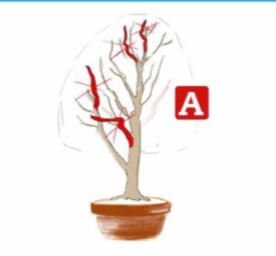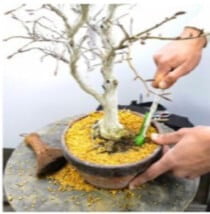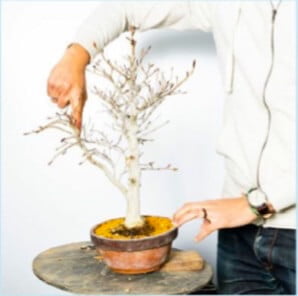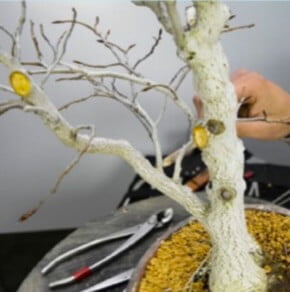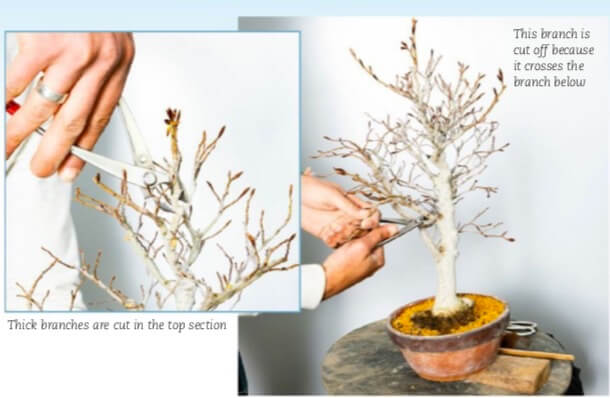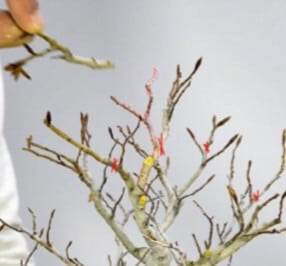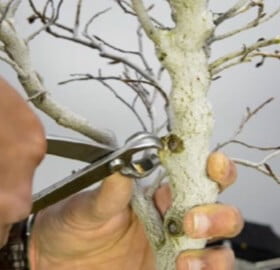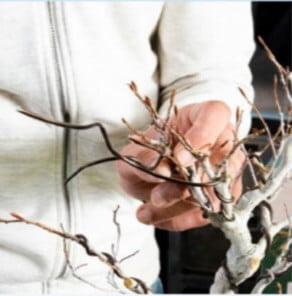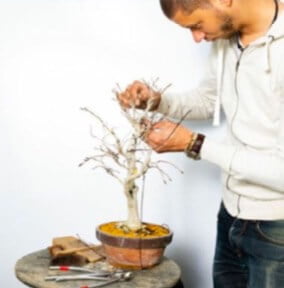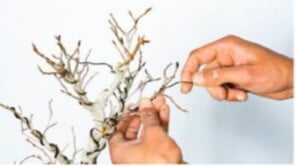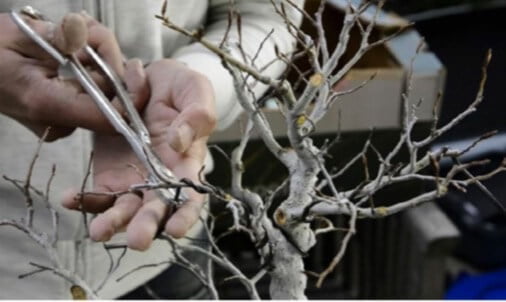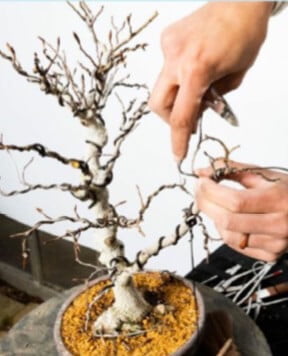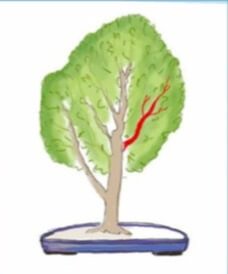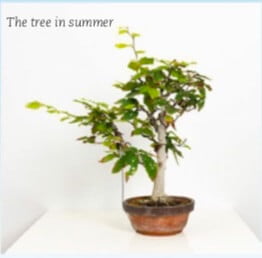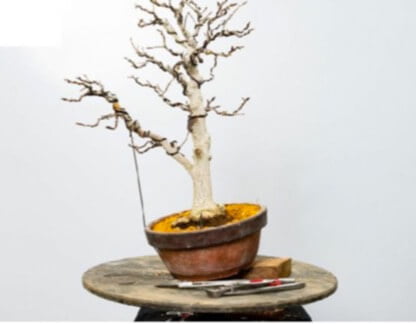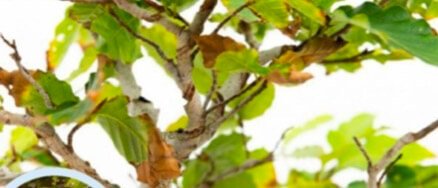Bonsai, Bonsai Focus Magazine, Gallery ảnh, Hành trình - Khám phá
Vẻ quyến rũ của cây Bonsai Dẻ Gai Nhật Bản (Japanese beech, Fagus Crenata) – Bonsai Focus Studio
Nguồn: Tạp chí Bonsai Focus English Edition T7/T8 2019
Dịch và biên tập: Dũng Cá Xinh (13/08/2021)
English
The charm of the Japanese beech
- Text and photography: Bonsai Focus Studio
The Japanese beech is always an exhibition eye catcher. Its smooth grey-white bark and muscled trunk give the tree a most majestic appearance. Easy to work on, as seen in this example. With just a little pruning and wiring you can already improve this little beech
This field grown beech (Fagus crenata) was further prepared for bonsai in a simple bonsai pot. It already has many fine branches. We show you how to give it its final shape by making some corrections to refine the branch setting.
Beech has a natural tendency to be apical dominant, meaning you have to prevent it concentrating all its energy and growth on the outer regions and top. The strong branch on the left side is an example of what happens when allowed to grow free. It now competes with the top, so we need to remove it, or reduce it in length to bring the whole in balance. In this case it would be spoiled if we cut that branch completely, it has too much character. Another branch grows right towards the front. It blocks the space between the trunk and the left side branch, so that will be removed.
Analysing the tree
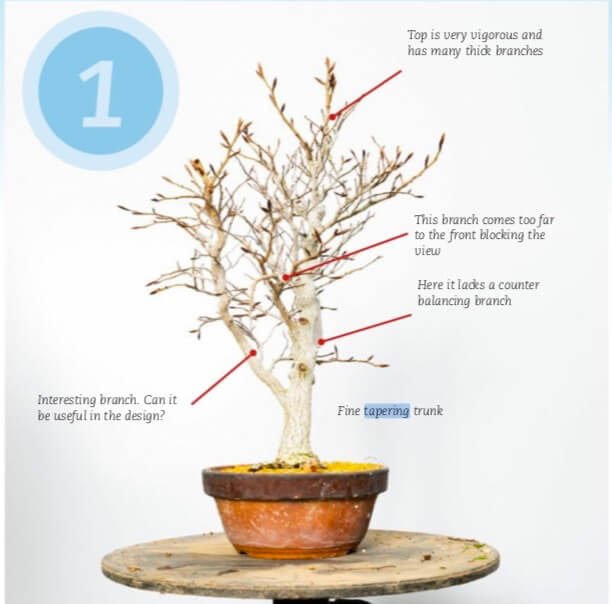
- Top is very vigorous and has many thick branches
- This branch comes too far to the front blocking the view
- Here it lacks a counter balancing branch
- Cleaning the soil to reveal the nebari
- Fine tapering trunk
- Interesting branch. Can it be useful in the design?
Beech – HUSBANDRY
- Propagate: With cuttings, or air layer- ing.
- Placement: Likes full sun for good development, however during hot summer days protect in semi shade. Protect against severe frosts
- Pruning: Prune back strong growth to two leaves. Weaker shoots should be left to fully extend, then prune back to three leaves. Clip and grow is very successful. Prune strong branches in autumn or late winter.
- Repotting: Every two to three years. Beech can grow very strong roots, so cut back in favour of the weaker
roots, which should not be pruned. Use a well-draining soil type. - Watering: As with many bonsai, beech likes to have its roots in a moist soil. During winter avoid it becoming too wet.
- Wiring: The best time to wire is winter to early spring, before leaves start to bud. Always use aluminium wire and monitor the wire during the spring and summer seasons to avoid it biting into the bark.

